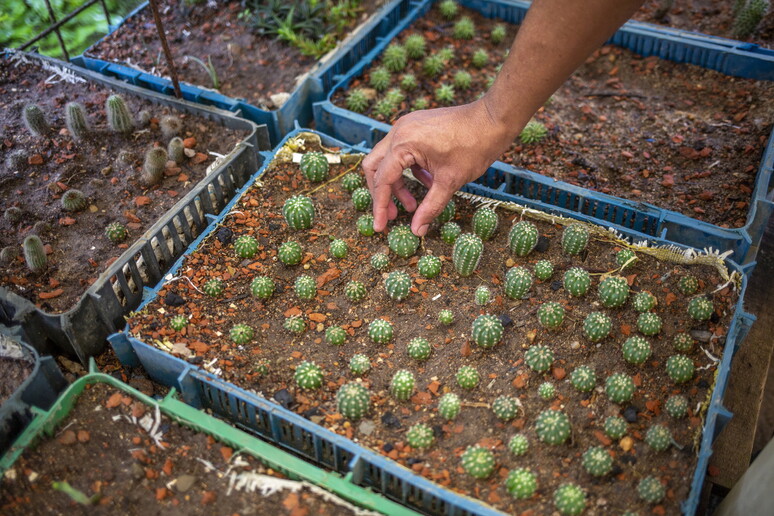The Rome-based United Nations Food
and Agriculture Organization (FAO) has said that the climate
crisis is having a major impact on plant health, exacerbating
the spread of plant pests and diseases.
It said climate change is creating favourable conditions for
these pests and the survival of specific plant diseases in new
areas.
It said global heating has already had a hand in expanding the
host range or distribution of pests such as the red palm weevil,
Fall armyworm, fruit fly, desert locust and emerald ash borer.
This is not just bad news for plants.
The FAO pointed out that plants are responsible for 98% of the
oxygen humans breathe and make up 80% of our daily calorie
intake.
It said that each year up to 40% of food crops is lost to plant
pests and diseases, with losses in yields and income having a
devastating effect on the poorest communities who base their
livelihoods on agriculture.
The mark the International Day of Plant Health, which was
celebrated for the first time on Thursday May 12, the FAO
detailed five examples of the increasingly dangerous diseases
that are increasingly threatening plant health due to the
climate crisis.
1) Potato late blight. Late blight is a disease that attacks
potatoes and tomatoes and is caused by the fungus Phytophthora
infestans. In tomatoes, the disease causes lesions on leaves,
petioles and stems, while potato tubers develop a rot up to 15
millimetres deep. In Egypt, increasingly warm and wet weather is
promoting potato late blight epidemics, allowing the pathogen to
accumulate earlier in the growing season.
2) Coffee leaf rust. This fungal disease affects the leaves of
the coffee plant. . Global warming seems to help to reduce the
incubation period of the pathogen, meaning that more generations
of the pathogen can develop in a growing season.
3) Banana Fusarium wilt. This is a lethal fungal disease caused
by the soil-borne fungus, Fusarium oxysporum TR4. Entering the
banana plant through the roots, the fungus blocks the flow of
water and nutrients to the plant cells, gradually devastating
the leaves. Eventually, this disease leads to the death of the
plant. High temperatures as well as extreme environmental events
such as cyclones, both common impacts of climate change, can
increase the risk of banana Fusarium wilt.
4) Xylella fastidiosa. This is a bacterium transmitted by
several species of sap-sucking insects, like leafhoppers,
infecting several economically important crops, such as
grapevines, citrus, olive, almond, peach and coffee, and in
ornamental and forestry plants. The bacterium blocks the host's
ability to absorb water, ultimately causing an internal drought.
Xylella is prevalent primarily in the Americas, southern Europe,
including Italy, and the Near East, but has the potential to
expand beyond its current distribution.
5) Grape downy mildew. Triggered by the Plasmopara viticola
fungus, downy mildew is an extremely serious fungal disease of
grapes that can cause heavy losses in crops. The risk of severe
grape downy mildew outbreaks increases as climate change alters
temperatures in many regions.
ALL RIGHTS RESERVED © Copyright ANSA











